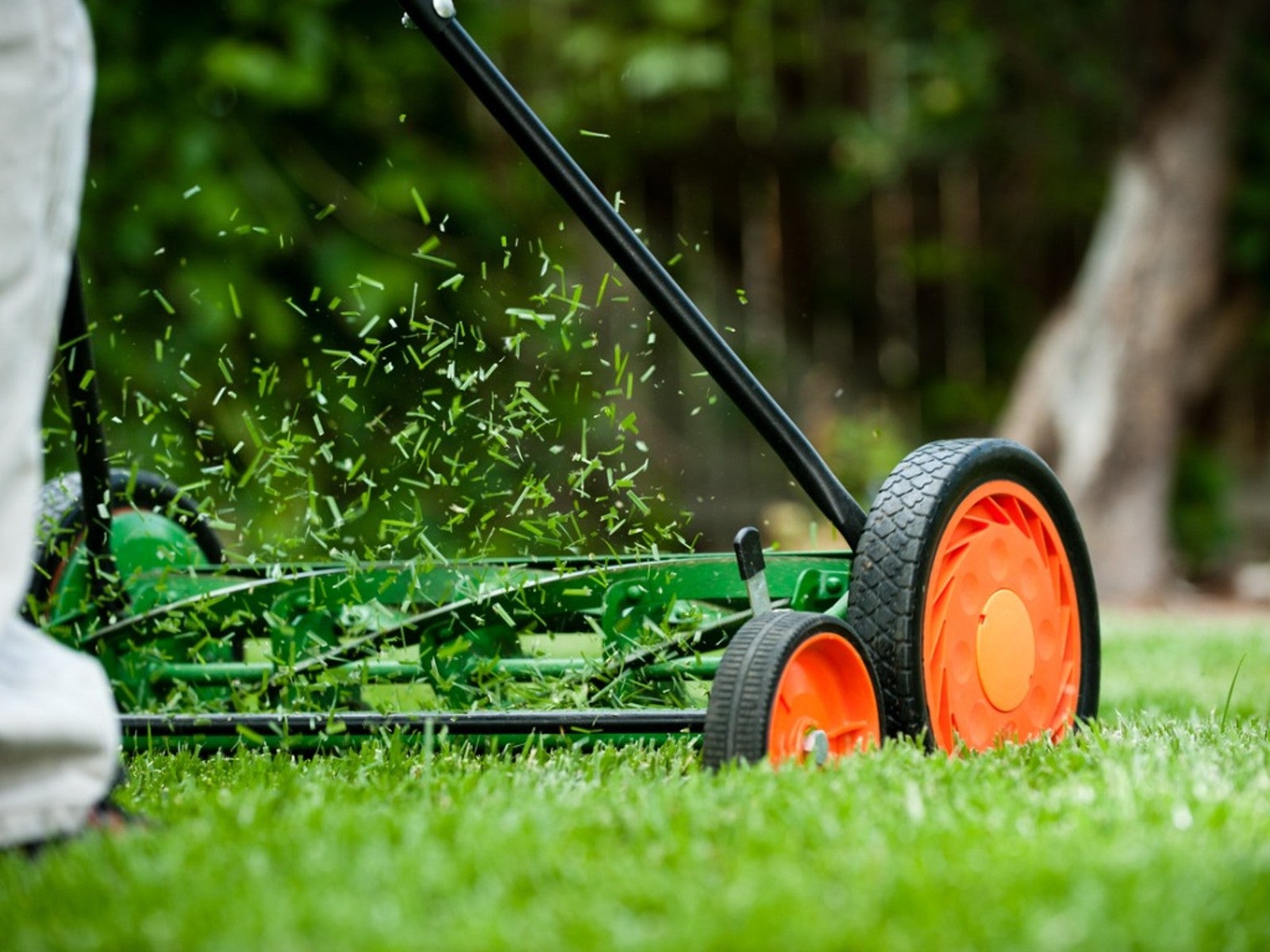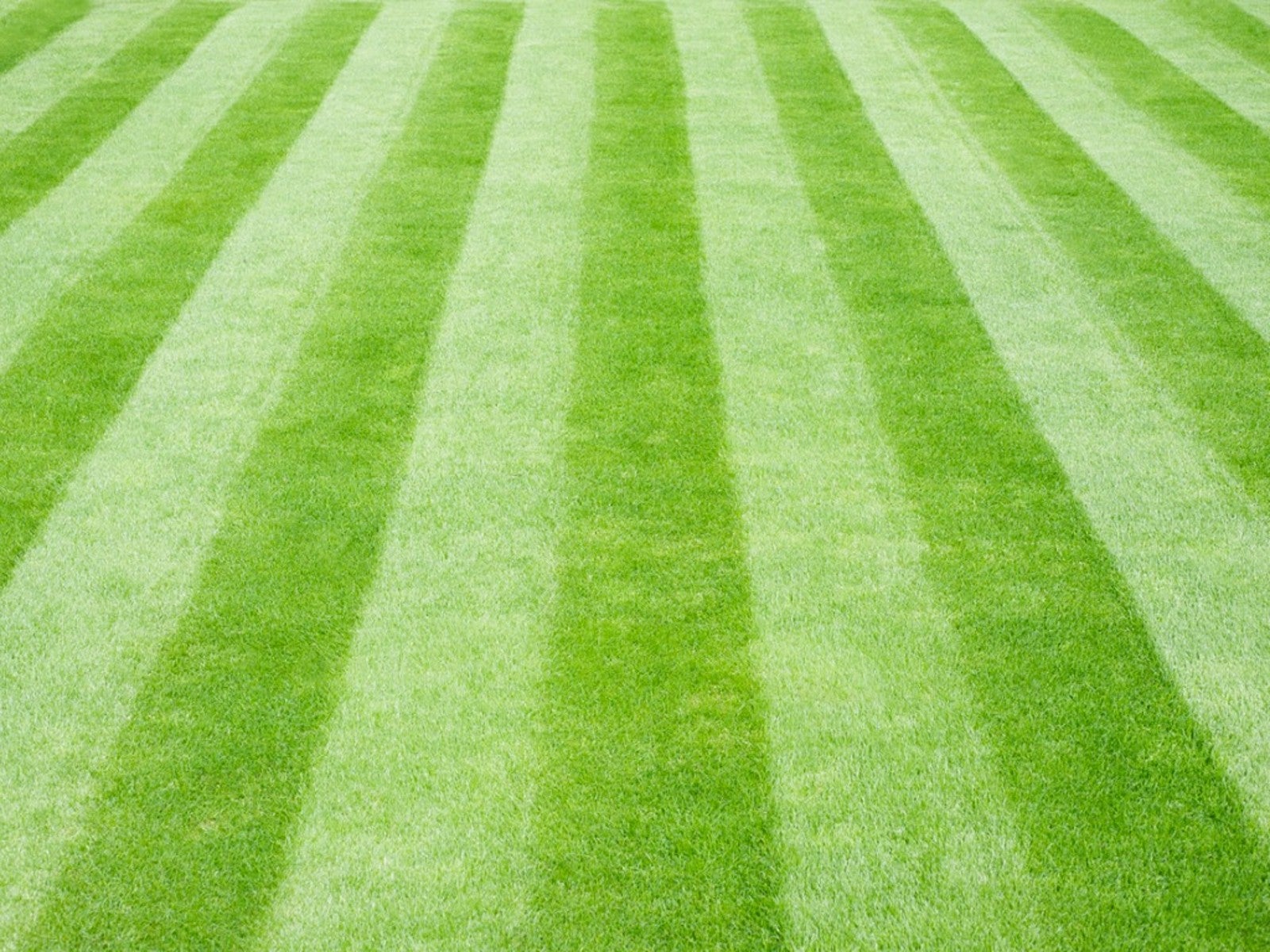Lawn Plug Aeration: When To Plug Aerate A Lawn


Lawn plug aeration is a method of removing small cores of soil from the lawn to keep the lawn and grass healthy. Aeration relieves compaction in the soil, allows more oxygen to reach the roots of the grass, and improves the movement of water and nutrients through the soil. It can also prevent the buildup of thatch, or dead grass and roots, in your lawn. Most lawns can benefit from an occasional aeration.
Does My Lawn Need Plug Aeration?
Essentially, all lawns need aeration at some point. It’s a good management practice that helps maintain health and strength in grassy areas. Even if your lawn is currently healthy and lush, a regular process of aerating will help keep it that way.
The best way to aerate a lawn is to use a core aerating machine. This device uses a hollow tube to actually pull plugs of soil out of the lawn. An implement with a solid spike that punches holes in the soil is not the right tool for this job. It will simply compact the soil even more.
,You can rent a core aerator from your local garden center or hardware store, or you can hire a landscaping service to do the job for you.
When to Plug Aerate a Lawn
The best time for plug aeration depends on several factors, including the type of grass and your climate. For cool-season lawns, fall is the best time for aeration. For warm-season yards, late spring to early summer is best. In general, aeration should be done when the grass is growing vigorously. Avoid aerating during a drought or during the dormant time of year.
Wait to aerate until the conditions are right. In soil that is too dry, the cores won’t be able to get deep enough into the ground. If the soil is too wet, they will get plugged up. The best time for aeration is when the soil is moist but not totally wet.
If your soil is more a clay type, is compacted, and sees a lot of foot traffic, aerating once a year is important. For other lawns, aeration every two to four years is usually adequate.
Gardening tips, videos, info and more delivered right to your inbox!
Sign up for the Gardening Know How newsletter today and receive a free copy of our e-book "How to Grow Delicious Tomatoes".
Once the job is done, just leave the soil plugs in place. They will quickly break down into the soil.

Mary Ellen Ellis has been gardening for over 20 years. With degrees in Chemistry and Biology, Mary Ellen's specialties are flowers, native plants, and herbs.
-
 8 Perfect Flowers To Plant With Tomatoes To Boost Yields & Banish Pests
8 Perfect Flowers To Plant With Tomatoes To Boost Yields & Banish PestsDon’t forget flowers when choosing companion plants for your tomato beds or pots. These pretty, fragrant blooms add beauty but are also highly beneficial.
By Mary Ellen Ellis
-
 Want The Longest Lasting Hydrangea Flowers? Grow These 8 Panicle Hydrangea Varieties
Want The Longest Lasting Hydrangea Flowers? Grow These 8 Panicle Hydrangea VarietiesFor ornamental shrubs that deliver the longest flowering seasons with plush blooms and delicate hues, these panicle hydrangea varieties are essential in your yard
By Tonya Barnett
-
 Sustainable Turf Species For A Greener Lawn
Sustainable Turf Species For A Greener LawnClick here for some of the most sustainable types of turf grass you can grow for an eco-friendly lawn.
By Bonnie L. Grant
-
 How To Grow A Sustainable Lawn
How To Grow A Sustainable LawnAdjust your thinking about a perfect green lawn and consider more sustainable methods. Click here to learn how.
By Mary Ellen Ellis
-
 Will Frost Kill Grass Seed And How To Help New Turf Survive
Will Frost Kill Grass Seed And How To Help New Turf SurviveLearn how to help your newly sown grass survive frost and freezing weather.
By Amy Grant
-
 Lawn Problems That Aren’t Really Problems
Lawn Problems That Aren’t Really ProblemsYour lawn may not require as much work as you think. Learn which common problems aren’t really problems.
By Teo Spengler
-
 Why A Manual Push Mower Is Good For You And The Environment
Why A Manual Push Mower Is Good For You And The EnvironmentReel mowers are making a comeback, but why? Click here to learn about reel mower pros and cons.
By Amy Grant
-
 Fertilize Grass In Fall For A Lush Lawn In Spring
Fertilize Grass In Fall For A Lush Lawn In SpringFor everything you need to know about fertilizing your lawn in the fall, click here.
By Susan Albert
-
 Tips For Mowing Stripes In Lawn
Tips For Mowing Stripes In LawnWouldn’t it be great to have stripes in your lawn like a sports field? Learn how here.
By Susan Albert
-
 Late Summer Lawn Care Checklist
Late Summer Lawn Care ChecklistPlan to do some late summer care and maintenance of your lawn so it will be healthy and beautiful in the spring. Here are some tips.
By Laura Miller